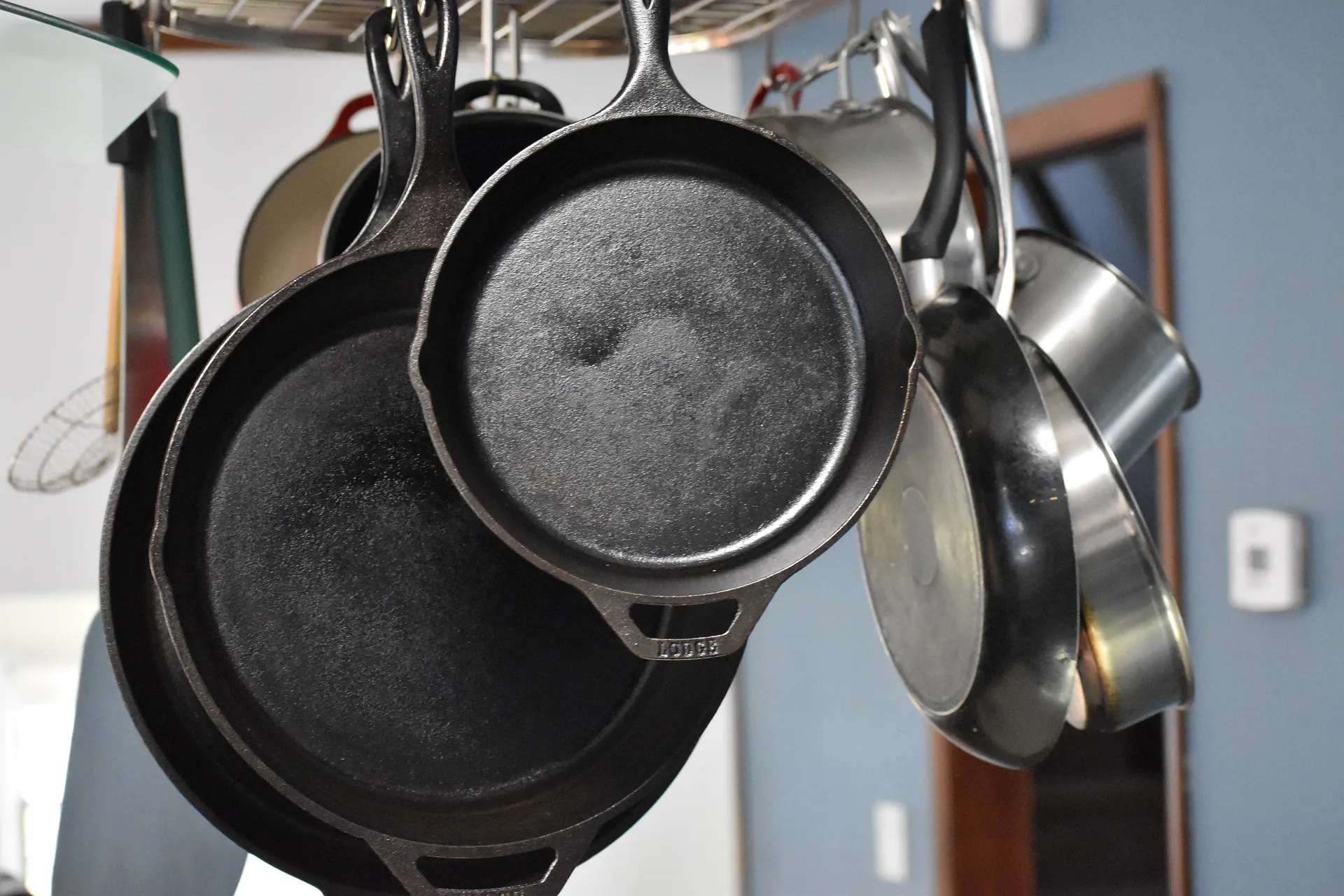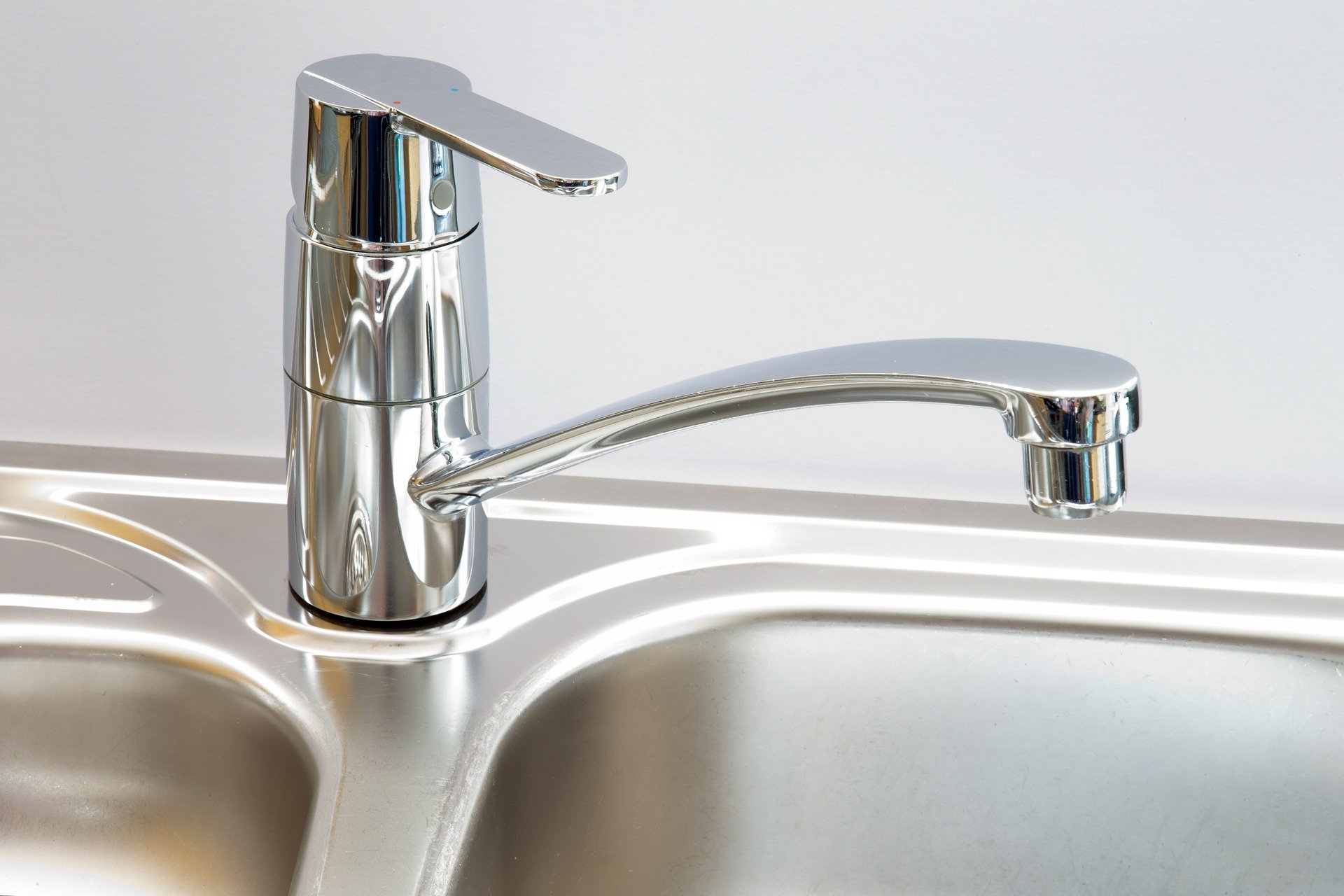Steel is without a doubt the greatest invention in history. Steels are currently most famous in all industrial sectors. But do you think they’re all of the same steel types? No, since depending on the production need, one kind may or may not be appropriate. As a result, various types of steel have certain peculiarities. Carbon steel vs. stainless steel will help you better understand the two most popular steel types.
Carbon Steel
This steel is a kind of steel that consists of iron and carbon alloy. Compared to stainless steel, it has a larger carbon content, a lower melting point, and is more durable.
Carbon steel is the most common engineering and construction material for large-scale industrial uses, such as maritime constructions, power plants, transportation, chemical processing, and petroleum extraction and refining. It is the most manufactured and utilized steel, accounting for about 90% of global steel production.
Composition
High-carbon steels have a carbon content of more than 0.5 percent. On the other hand, medium-carbon steels have a carbon content of 0.2 to 0.49 percent, and low-carbon steels have a carbon content of 0.05 to 0.19 percent. However, extra-low-carbon steels have a carbon content of 0.015 to 0.05 percent, and ultra-low-carbon steels have less than 0.015 percent.
We can also describe carbon steels as having a manganese content of less than 1.65%, the silicon content of 0.6 percent, and copper content of 0.6 percent, with a total of these additional components of less than 2%.
Application
Industries often use low carbon steel in shipbuilding, wire, automobile bodywork, and household appliances as flat-rolled sheets and strips. Because heat treatment can’t change it, and the production extensively utilizes it for fabrication and paneling.

Wrought iron is carbon steel with the lowest possible carbon content. It’s firm but not brittle. Manufacturers use it for fences, gates, and railings.
It’s considerably simpler to mill medium carbon steel, and adding tiny silicon and manganese enhances the quality. Civil Engineers widely utilize this type structurally in buildings and bridges, as well as axles, gears, shafts, railways, pipelines, and couplings, as well as automobiles, refrigerators, and washing machines.
Cutting tools, blades, punches, dies, springs, and high-strength wire are all made of high carbon steel, which has a considerably higher tensile strength.
Cold-working is not possible with ultra-high carbon steel because it is brittle and very hard. Blades, cutting tools, and huge machine parts, as well as hot water radiators, industrial castings, and metal lamp posts, are all made using it. It’s also famous for cast iron, and it’s the material that the ancient artists made old-fashioned cooking pots.
Types of Carbon Steel
Carbon steel comes in a variety of kinds and classifications, depending on the use. In this instance, we’ve considered the three most prevalent kinds of carbon steels utilized in production.
Mild or low-carbon steel
Mild steel is an iron alloy with a tiny proportion of carbon that is strong and durable but complex to temper. Cheap-carbon steel is also known as plain-carbon steel, and it is currently the most popular kind of steel due to its low price.
High-tensile steel
Low-carbon steels, or steels at the lower end of the medium-carbon range, with extra alloying elements added to enhance strength, wear characteristics, or particularly tensile strength, are known as high-tensile steels. Chromium, molybdenum, silicon, manganese, nickel, and vanadium are some of the alloying elements. The maximum permissible amount of impurities like phosphorus and sulfur has been set.
Higher-carbon steels
Carbon steels with a carbon content of 0.30 – 1.70 percent by weight that can be heat-treated effectively have a carbon content of 0.30–1.70 percent by weight. Trace impurities of several additional elements may influence the quality of the resultant steel.
At working temperatures, trace quantities of sulfur cause the steel to become red-short or brittle and crumbly. Low-alloy carbon steels, such as A36, contain approximately 0.05 percent sulfur and melt at temperatures between 1,426 and 1,538 degrees Celsius.
Manganese is often added to low-carbon steels to enhance hardenability. By some standards, these additions convert the material into low-alloy steel, while AISI’s definition of carbon steel permits up to 1.65% manganese by weight.
Pros and Cons
Stainless Steel
Stainless steel is a category of ferrous alloys with at least 11% chromium, a composition that resists corrosion and offers heat resistance. Carbon (from 0.03 percent to more than 1.00 percent), nitrogen, aluminum, silicon, sulfur, titanium, nickel, copper, selenium, niobium, and molybdenum are all components found in stainless steel in various forms.
In addition to these environmental benefits, stainless steel is also aesthetically appealing, extremely hygienic, easy to maintain, and very durable, and offers various functions. As a result, stainless steel may be found in a wide variety of everyday products. Transportation, building, research, medical, food, and logistics are just a handful of the industries that have a significant impact.
Composition
Stainless steel refers to a group of alloy steels that typically include 10 to 30% chromium. Chromium has a high resistance to corrosion and heat because of its low carbon content. Other elements such as nickel, molybdenum, titanium, aluminum, niobium, copper, nitrogen, sulfur, phosphorus, or selenium may be added to improve corrosion resistance, boost oxidation resistance, or impart unique properties.
Application
The manufacturer often utilizes Stainless steel in applications that need steel’s unique characteristics and corrosion resistance. Coils, sheets, plates, bars, wire, and tubing are all machined from this alloy. It’s usually turned into the following application.

Automobiles and transportation: The manufacturers use stainless steel to make exhaust systems, grills, and trimmings. As technology improves, manufacturers are increasingly utilizing stainless steel to build structural components.
Medical Facilities: This section favours stainless steel in clean and sterile settings because it is easy to clean and easily corrode. The companies utilize stainless steel to manufacture a variety of medical devices, including surgical and dental tools.
Building constructions: Stainless steel application has become a vital part of the construction profession due to its strength, resilience, and flexibility. People frequently utilize it on the inside on worktops, backsplashes, railings, and outside high-impact structures as cladding.
Aircraft construction: The engineers use stainless steel in the aviation sector. Because of its strength and capacity to resist high temperatures, they utilize it in various applications, including the frames of aeroplanes. In addition, they also use it in jet engines to help keep them from rusting.
Food and catering: The manufacturers use stainless steel to make kitchen accessories, cookware, and cutlery in the food and catering industry.
Types of Stainless Steel
Austenitic stainless steel: This kind of stainless steel has two significant features. Austenitic stainless steel contains a considerable amount of chromium to begin. Corrosion resistance is improved when the producers use this material. Second, these objects are typically non-magnetic, but a cold forming procedure may make them magnetic. The following are the most prevalent stainless steel alloys.
Ferritic Stainless Steel: This is the second most prevalent stainless steel alloy, and it is also magnetic. Because of the reduced nickel concentration, items made with this alloy may be toughened via cold forming and are less costly than other kinds.
Stainless Steel Martensitic: This is the least frequent kind of stainless steel alloy. The production utilizes martensitic stainless steel in applications that need impact resistance or high tensile strength. The producer often couple this material to enhance corrosion resistance with a protective polymer covering.
Pros and Cons
Carbon Steel vs Stainless steel Summary Table
| Topic | Carbon Steel | Stainless Steel |
| Composition | The amount of carbon is 0.015% to 0.50% | The amount of chromium is 10% to 30% |
| Application | shipbuilding, wire, automobile bodywork, and household appliances | Medical, Aerospace, Automobiles |
| Types | Mild or low-carbon steel, High-tensile steel, Higher-carbon steels | Austenitic stainless steel, Ferritic Stainless Steel, Stainless Steel Martensitic |
Conclusion
Today’s world requires a significant number of steel types for accurate and efficient product manufacturing. Among all these types and we have specialized in two major steel types. Carbon steels and stainless steels are the most famous steel types in most manufacturing and construction.
We hope this article will help you better understand the differences between carbon steel and stainless steel. In addition, it will also help you get through good research.
